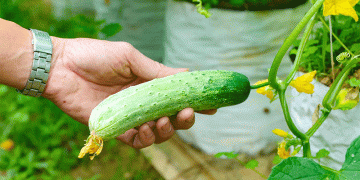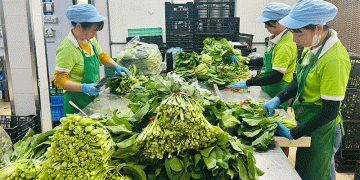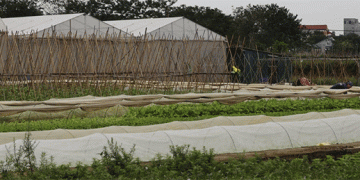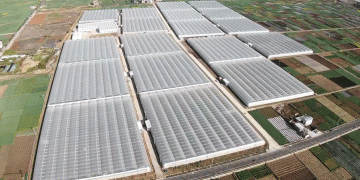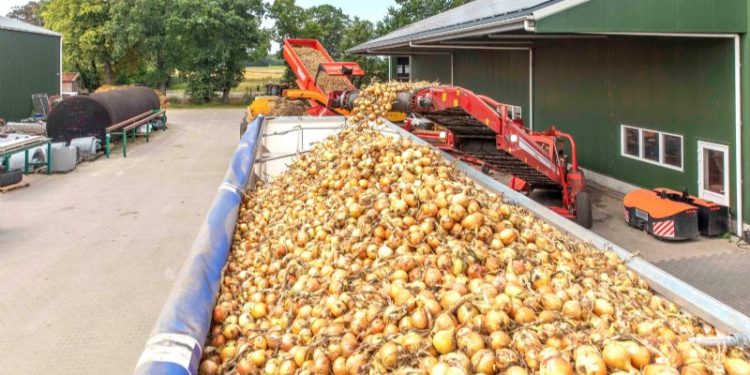Onion prices at the agricultural fairs will rise this week to a maximum of 50 euros per 100 kilos for the coarsest sorting. Even higher prices are offered for delivery later in the season. Market parties speak of an unprecedented market situation with plenty of demand and limited supply.
It is a clear demand market for onions’, says Jaap Monster, member of the onion committee of VTA (Verenigde Telers Akkerbouw) and himself an arable farmer in Flevoland. ‘Onion growers are in a good position and seem to be able to ask for whatever they want. For deliveries on April and May, prices of 60 euros per 100 kilos are now being offered, according to the transactions on the VTA lists. Only I don’t think there are many really free lots for sale anymore.’
A wonderful sales year for onion growers, says Monster. He does note, however, that not every grower can benefit from this. ‘The differences are again large. In the southwest, yields were mostly low due to the drought, which certainly applies to onion plots where watering was not possible. But there are also companies in Flevoland that have disappointing harvests because of fusarium.’
Quieter towards the turn of the year
Monster has the impression that the trade will calm down a bit towards the turn of the year. According to him, it has been a big advantage so far this season that African destinations have reached the market early. ‘Despite the high prices, volumes have continued to run smoothly. Sales to Senegal are now traditionally less, but fortunately a lot of onions still go to countries such as Ivory Coast, Guinea and Mauritania.’
Wim Waterman of trading company Waterman Onions in Emmeloord also sees export volumes declining. He says that West African destinations still need Dutch onions, but that it remains to be seen to what extent the high prices there can be paid due to the availability of foreign exchange. “In any case, it is certain that Senegal will soon close its borders.”
Sufficient supply
Waterman does not expect a further price increase on the onion market for the time being. The trader assumes that demand will decrease after the turn of the year and that there will still be sufficient supply in Europe for the coming months. ‘The current high price has an inhibiting effect on our exports, although we are of course well on course in terms of export volume. The Dutch onion is now the most expensive on the market, which is why buyers are looking for alternatives. They prefer to opt for local offerings. It won’t be long before the first onions arrive from the southern hemisphere.’
Regarding the quality of the Dutch onions that are still available, Monster says that most of the bad batches are gone. ‘That is the advantage of good pricing early in the season. The market always offered sufficient opportunities to continue to deliver.’ Aquarius is less positive. In practice, he sees various parties whose quality does not match. ‘Fusarium and wet rot cause a lot of dirt in the processing. Sorters have a lot of work to do with that.’
Especially yellow onions
The good market situation mainly applies to yellow onions. The red onions are trailing behind at an appropriate distance, both Monster and Waterman note. At the agricultural fairs, the red onions are trading about 15 to 20 euros per 100 kilos lower than the yellow onions this week.
The problem for the red onions is the lack of early export to Asia, explains Waterman. ‘India has left no gaps in the Asian market this year, which is why sales of red onions are disappointing for us. In this market we are still lucky that the red onions are keeping up with the yellow onions and that is why the prices are not completely disappointing. Some buyers tend to choose red if yellow is not available or if they think yellow is too expensive.’
A source: https://www.nieuweoogst.nl




















